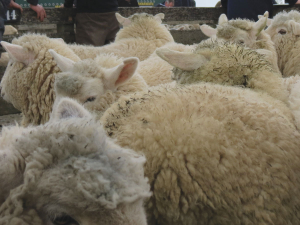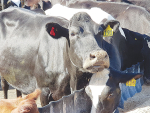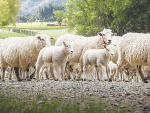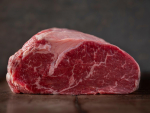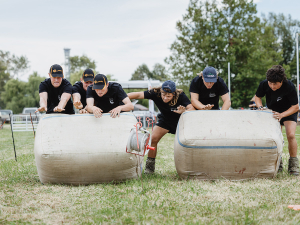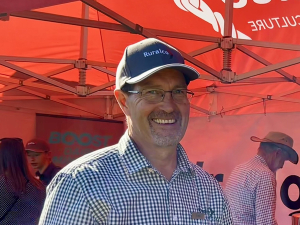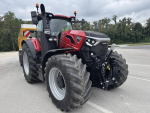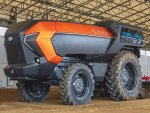Despite the potential advantages of mating hoggets nationally, only about one third of these young ewes are put to the ram each year.
However, before doing this, farmers must set out some guidelines for deciding whether to put their hoggets to the ram and how to produce any extra lambs without sacrificing a ewe’s lifetime production.
Managed correctly, hogget mating has the potential to enhance the productivity and profitability of the future ewe flock. But the opposite is also true.
Not all farmers will be able to breed from their hoggets and for those that do, it should be a flexible policy based on feed availability.
Farmers should only consider mating hoggets when:
- The main flock is performing well (i.e. over 120% lambing) and you expect better returns from lambing hoggets than from putting more feed and labour into the mixed-age ewes.
- You are confident that you will be able to feed lambing hoggets well throughout pregnancy and lactation to wean good lambs. Ensure hoggets can still achieve target weights at two-tooth mating. This means they need to gain around 20kg – or 135 g/day throughout pregnancy. Given the conceptus (the placenta, foetus and fluids) weighs 10kg, a hogget should weigh a minimum of 60kg the day before she lambs and 50kg the day after.
- Hoggets are up to target weight at mating (e.g. a minimum of 40kg or 65% of mature weight. This 65 per cent is the individual benchmark, not the mob average. Weigh each hogget and only mate those above target weight).
- Setting this target will minimise the chances of detrimentally affecting two-tooth performance.
- The heavier the ewe lamb at mating, the less pressure on winter feed resources to reach post lambing target weights.
Key Considerations
- Feeding is critical – you cannot overfeed pregnant hoggets.
- Select the correct sires. Genetics – not feeding – is the greatest determinant of lamb birthweight.
- Set monthly liveweight targets for hoggets that are to be mated.
- Monitor liveweights and compare actuals to targets.
- Ensure appropriate animal health plans are in place.
- Legume-based forages are an option to optimise post-lambing growth rates in both lambs and hoggets.
- Consider early weaning to give the hogget more time to recover before being mating as a two-tooth.
Benefits and Risks
Benefits
- Higher ‘return on feed consumed’. More lambs are produced from the same number of sheep.
- Greater culling power.
- Faster generation turnover so an opportunity for slightly faster genetic progress – this needs to be weighed up against selection of proven ewes to breed from, and the liveweight of replacements kept from hoggets. Genetics are not the sole driver of lifetime performance.
- Uses excess spring feed.
- Better fed hoggets (as a result of a decision to mate) can boost lifetime performance.
Risks/costs
- A mated and lambing hogget needs around 100kg of extra dry matter over a one-year period compared with an unmated hogget.
- More labour is required.
- In-lamb hoggets reduce management options for coping with feed shortages.
- Higher hogget death rates.
Source: https://beeflambnz.com/knowledge-hub

